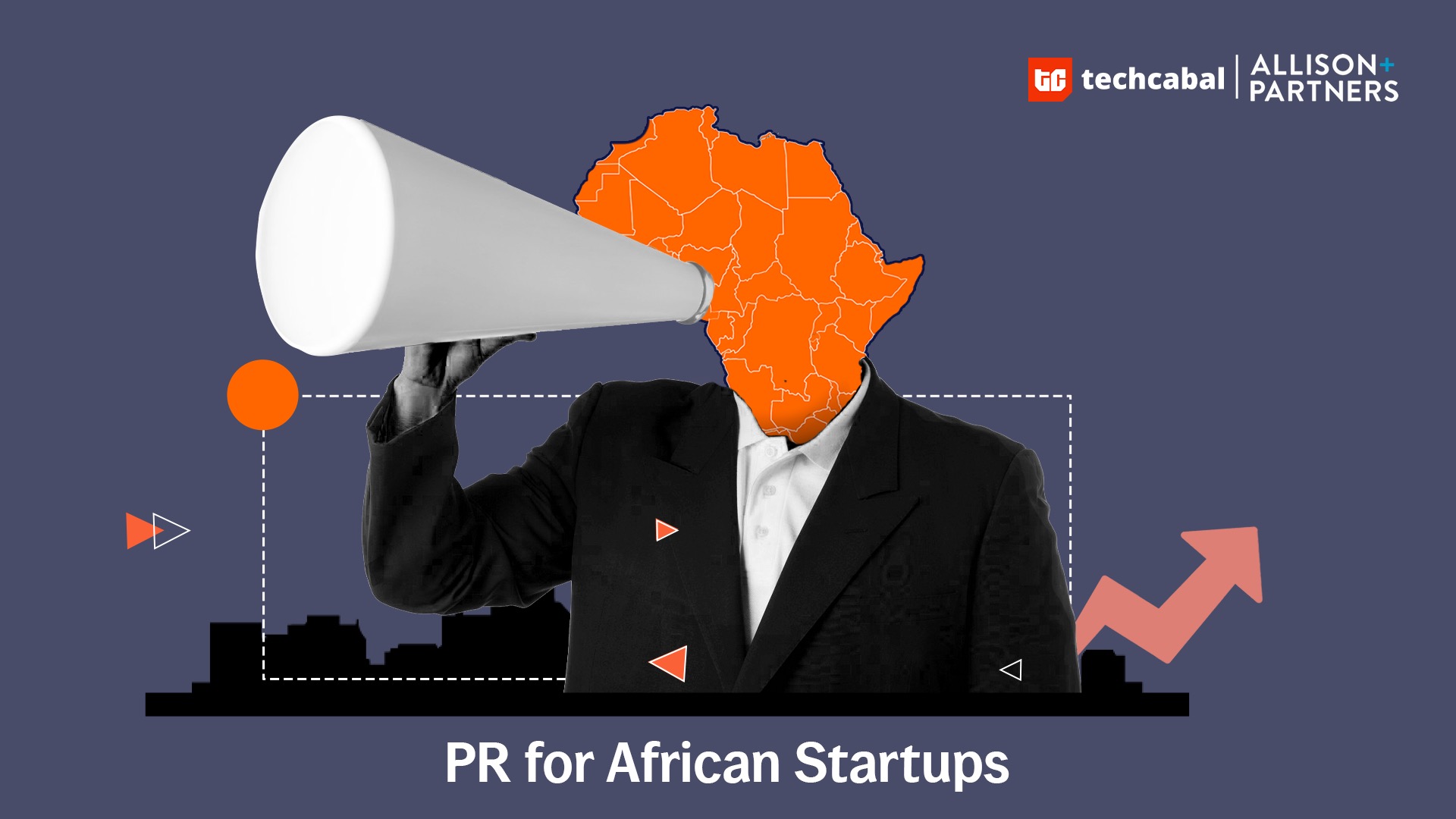This article was contributed to TechCabal by Claudine Moore, Managing Director, Allison + Partners.
Founder and former CEO, C. Moore Media, International Public Relations.
One of the many things the pandemic has taught us is that tech is the present and the future of everything we do. From how we work, to what we eat, to how we communicate, learn and give back, tech—whether by circumstance or intention—is now our societal, emotional and operational backbone.
Unsurprisingly, after the tremendous opportunities presented in 2020 and 2021, this year has been a settling time of correction, continued innovation, and more recently, following a sluggish global economy, a slow-down in business development activities and in some cases, a reduction in staff and lay-offs.
2022 has been synonymous with purpose, branding, and authenticity. Now more than ever, B2B and consumer tech brands are in the global spotlight – one that requires them to not only amplify their latest gadgets or services but also showcase how they remain authentic and stay true to their brand mission and purpose. After all, customers, partners, investors, and employees expect, if not demand, an evolution in how tech brands tell their stories.
So, how is Tech PR rising to this challenge? The answer is this: Tech PR is caught up in a storytelling tug-of-war between Brand and Product PR and communications.
When it comes to technology PR and storytelling, which truly comes first: the brand or the product? The truth is, depending on who you ask, what you sell and to whom, and where you work, prioritization shifts.
In this Allison+Partners study which surveyed marketing, branding and communication professionals in tech, 77% of the respondents expressed belief in the power of authentic, brand-first storytelling to showcase a company’s value, purpose, and mission. Even more (88%) believe their C-suite understands the value. However, the data also showed that belief is not reflected in reality, as only 58% of respondents said their company truly prioritizes brand-focused campaigns.
THE DIFFERENCE BETWEEN SAYING AND DOING
According to the survey, founders and the C-suite understand the value of brand-led storytelling, and 65% of CMOs were most likely to say their company prioritizes brand-related marketing and PR campaigns. Yet, two out of five other decision-makers confessed that the C-suite continues to prioritize product or product feature-focused announcements over everything else. What’s more, 42% agreed that current marketing and PR campaigns remain largely product-driven. This is despite nearly half of the surveyed professionals saying customers in their industry think the overarching brand values and purpose are more important than products or product features.
THE SALES PULL
B2B and consumer tech decision-makers know that telling more authentic brand-first stories will pay off for the company. Nearly three-fourths (72%) of all respondents said their customers now make more purchasing decisions based on the overall strength of the brand, its mission, and its values, than they did three years ago. The safe assumption here is technology’s critical role during the COVID-19 pandemic factored into this shift in thinking, as has the purpose-driven, more emotive approach consumer brands have leaned into over the past decade. Fostering the consumer’s trust and loyalty is key over everything else.
Similarly, 64% of B2B tech marketers and communicators felt that industry partners regard a company’s authenticity as important when considering partnerships – and vice versa, as 71% of technology companies assess a partner’s brand, values and purpose before partnering with them.
However, when it comes to sales, the priorities shift. The enthusiasm to capture customer attention through more authentic storytelling is relegated to the background. According to the survey, one out of four decision-makers admit to sales pushing a product-only approach to influence customers.
Purchasing Power
Technology brands across industries agree purchasing decisions are increasingly influenced by the strength of the overall brand, its mission and its values. Based on the survey results, the following industries are emerging as the biggest brand believers:
TOP 5 BRAND BELIEVERS
1. Social Media (95%)
2. SaaS/IPaaS/PaaS (77%)
3. B2B ECommerce (70%)
4. Fintech (68%)
5. Telecom/Mobile (68%)
On the other hand, these are the top five industries that prioritize product:
TOP 5 PRODUCT PROMOTERS
1. Devices/Infrastructure (67%)
2. Aerospace/Defense (62%)
3. Health Tech (61%)
4. Gaming (59%)
5. MarTech (55%)
When reviewing the above, where does your tech startup align?
Contemporary Technology PR is evolving. Media and core audiences want to know more than just what a company does. They want to know why you do it.
Does that mean tech companies should abandon all product marketing and PR to adopt a brand-only mindset? Absolutely not. In Part II, we will explore the truth about authenticity and regional consistency in storytelling and what this means for startups deciding to lead with Brand vs. Product for their PR and communications.
This article is repurposed from the A+P original report ‘Technology PR’s Tug of War: The Battle of Brand vs Product
Claudine Moore is an award-winning global PR leader specializing in Africa-focused PR and communications across multiple sectors including tech. She is the Managing Partner, Africa Allison+Partners and founder and former CEO of C. Moore Media International Public Relations. She also founded The Future is Female Mentorship Program, the first and only PR and communications initiative dedicated to African female tech founders. You can follow Claudine on Twitter @ClaudineMoore





















